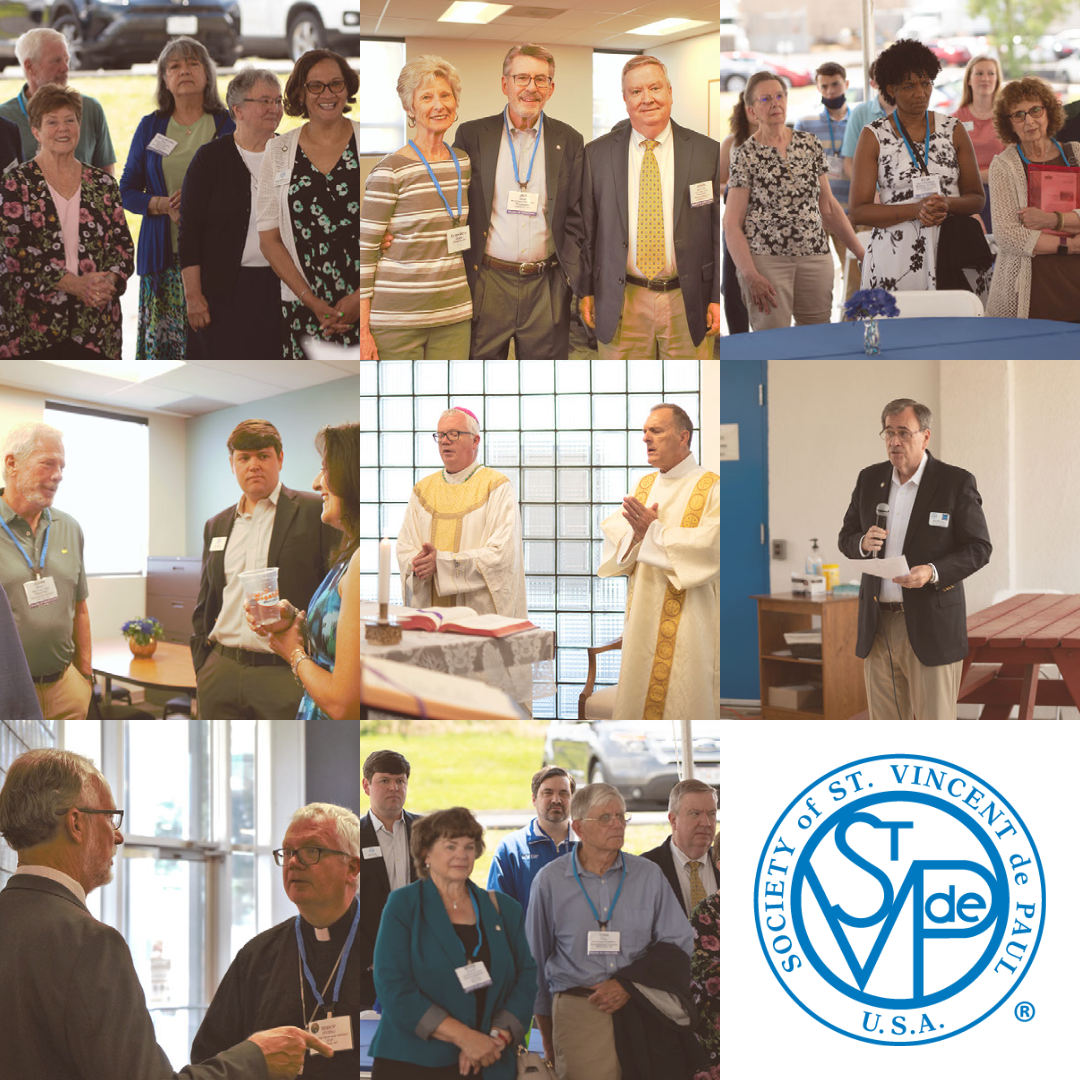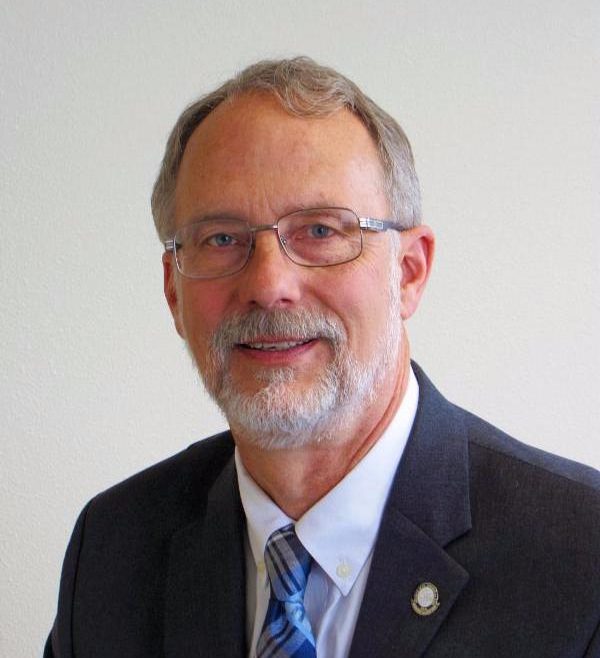Two articles by current SVdP leaders look back at the Society’s roots, in the latest issue of De Paul University’s Vincentian Heritage Journal. National Director of Formation Tim Williams shares with us two new articles by Ray Sickinger, Ph.D., and Ralph Middlecamp.
François Lallier, Friend of Frédéric, Co-Founder of the Society
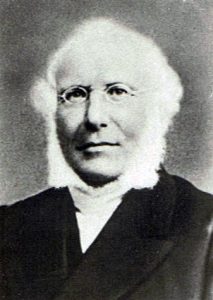 As a young law student at the Sorbonne, François Lallier noticed another student speaking out boldly in class, defending the Church against attacks on it by professors and fellow students. After class one day, he saw this young man outside, at the center of a group who were listening to him intently. Lallier took this opportunity to introduce himself to Frédéric Ozanam, and that, to paraphrase the closing line of Casablanca, was the start of a beautiful friendship.
As a young law student at the Sorbonne, François Lallier noticed another student speaking out boldly in class, defending the Church against attacks on it by professors and fellow students. After class one day, he saw this young man outside, at the center of a group who were listening to him intently. Lallier took this opportunity to introduce himself to Frédéric Ozanam, and that, to paraphrase the closing line of Casablanca, was the start of a beautiful friendship.
Lallier, along with Ozanam, four other students, and Emmanuel Bailly, would together found the Society of St. Vincent de Paul just a few short years after this meeting, but their friendship would continue undimmed for the rest of Frédéric’s short life.
In an article published in the newest Vincentian Heritage Journal, Raymond Sickinger, Ph.D., National Council board member and Professor Emeritus of history at Providence College, tells the story of this founder using sources most Vincentians have not previously read, including Circular Letters Lallier wrote while serving as Secretary-General, his personal correspondence with his friend Ozanam, his speeches, and other documents.
Lawyer, judge, gentleman, and Vincentian, François Lallier’s story is an important part of our heritage.
Read François Lallier: One of the Pillars of the Building Started
Emmanuel Bailly, Mentor and Co-Founder of the Society
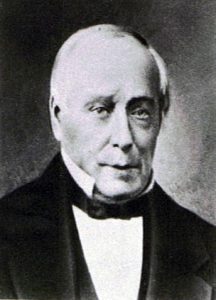 In the Ozanam Orientation, we learn that of the seven founders of the Society, there were six college students and one “older gentleman.” In 1833, Emmanuel Bailly was 39 years old.
In the Ozanam Orientation, we learn that of the seven founders of the Society, there were six college students and one “older gentleman.” In 1833, Emmanuel Bailly was 39 years old.
National President Ralph Middlecamp, avid student of the Society’s heritage and history, shares in the latest issue of the Vincentian Heritage Journal the fascinating story of Père Bailly, whose offices hosted the first Conference.
Newspaper publisher, businessman, and college professor, Bailly was from a family with strong Vincentian roots, his father having been entrusted with some of Saint Vincent’s papers to safeguard during the French Revolution.
While his business ventures had varying degrees of success, his commitment to mentoring young men and defending the faith were unwavering. Bailly was truly a father figure to the young men who elected him as President of that first Conference, which earned him the nickname Père (father). He also served as Spiritual Advisor, and was discovered to have contributed generously to the secret collections at the early meetings.
It was Bailly’s deep knowledge of the Rule of the Congregation of the Mission that helped him, as co-author of the Society’s Rule in 1835, to guide its basic structure and outline.
Middlecamp’s article offers fascinating details of Bailly’s interesting life, family, and connections.
Read Emmanuel Bailly: The Advisor and Friend of Christian Youth
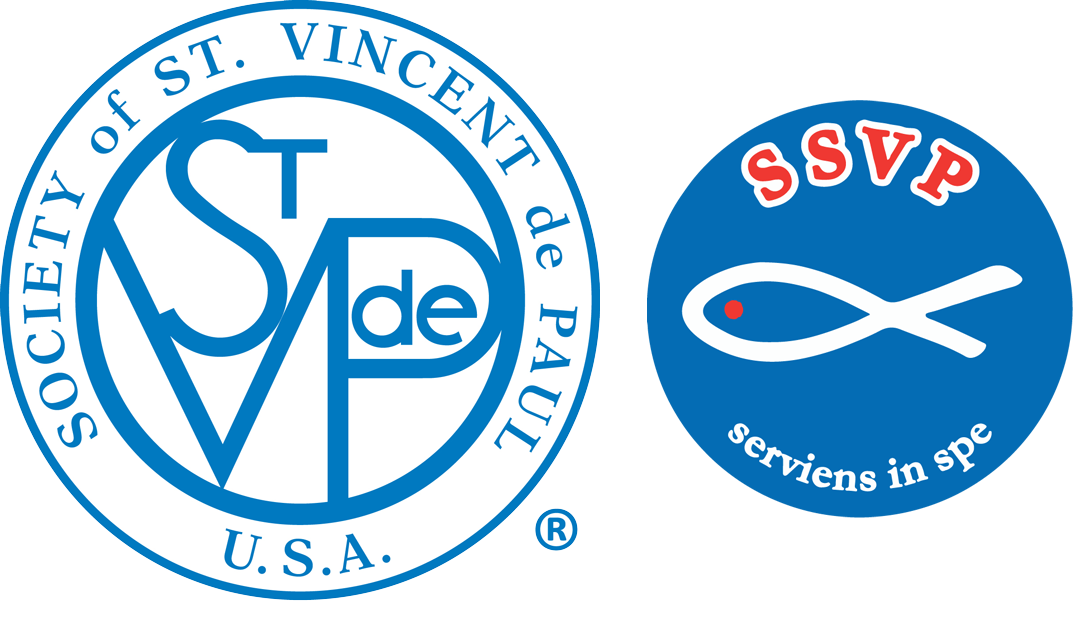
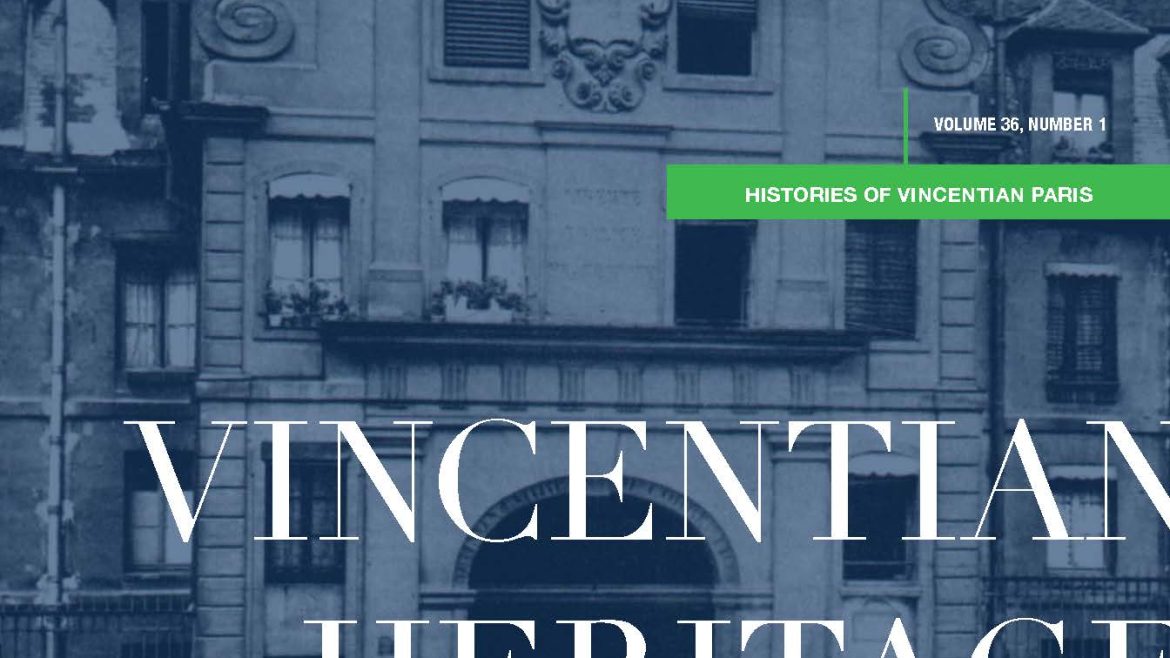
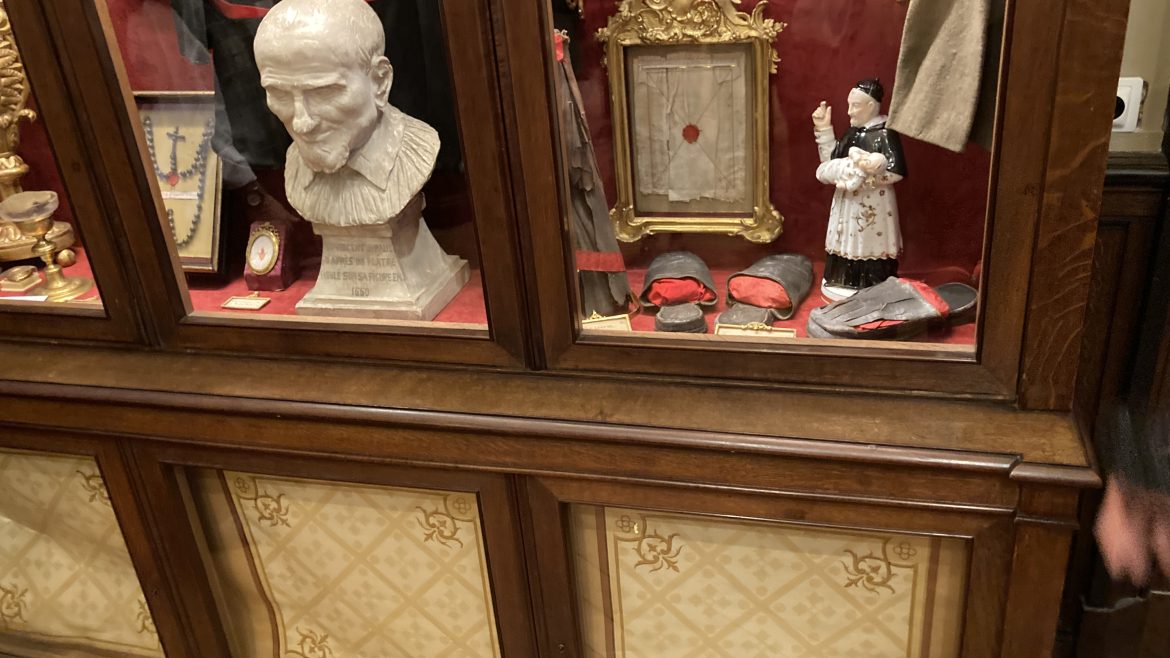
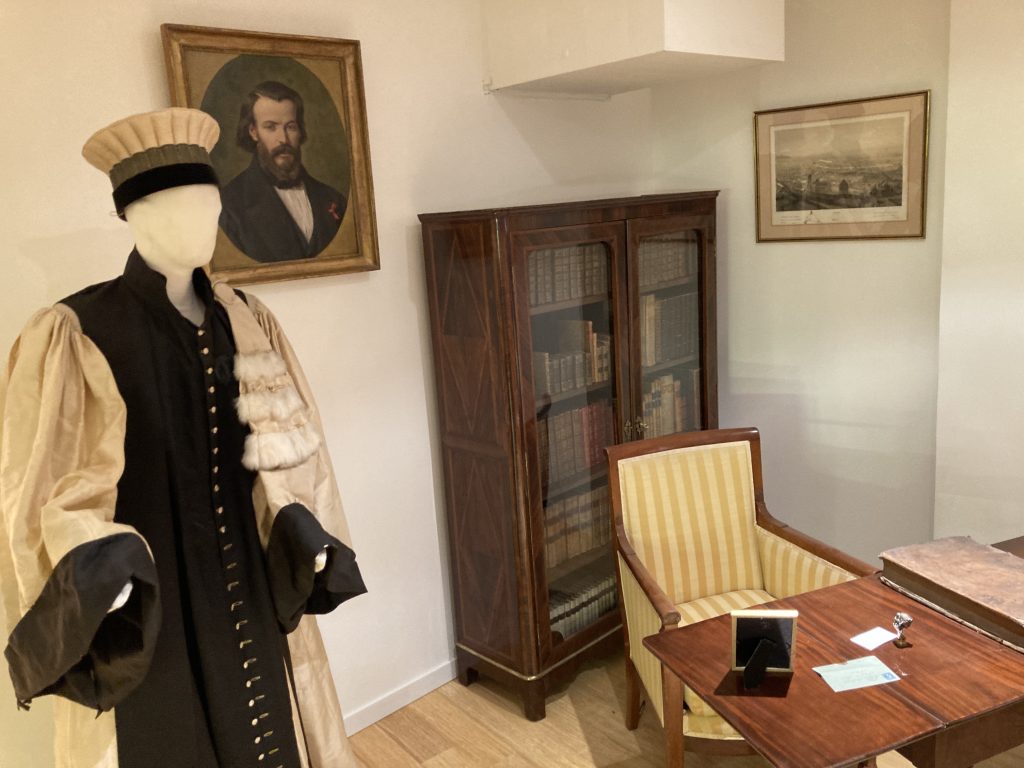
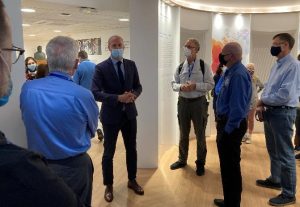
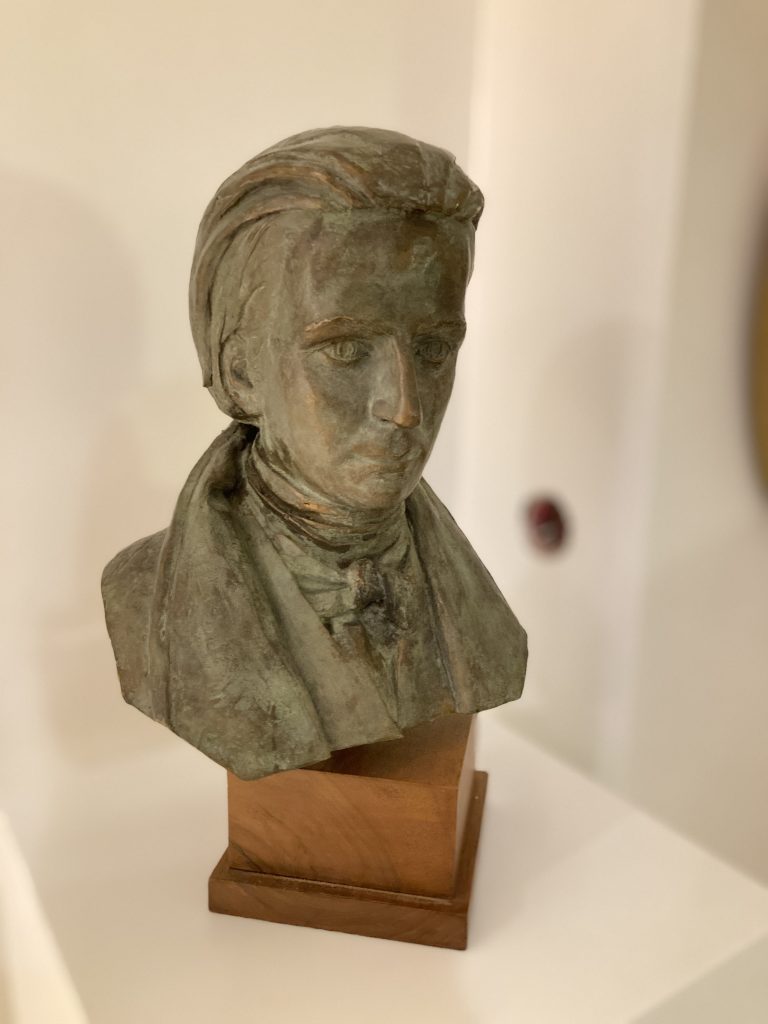
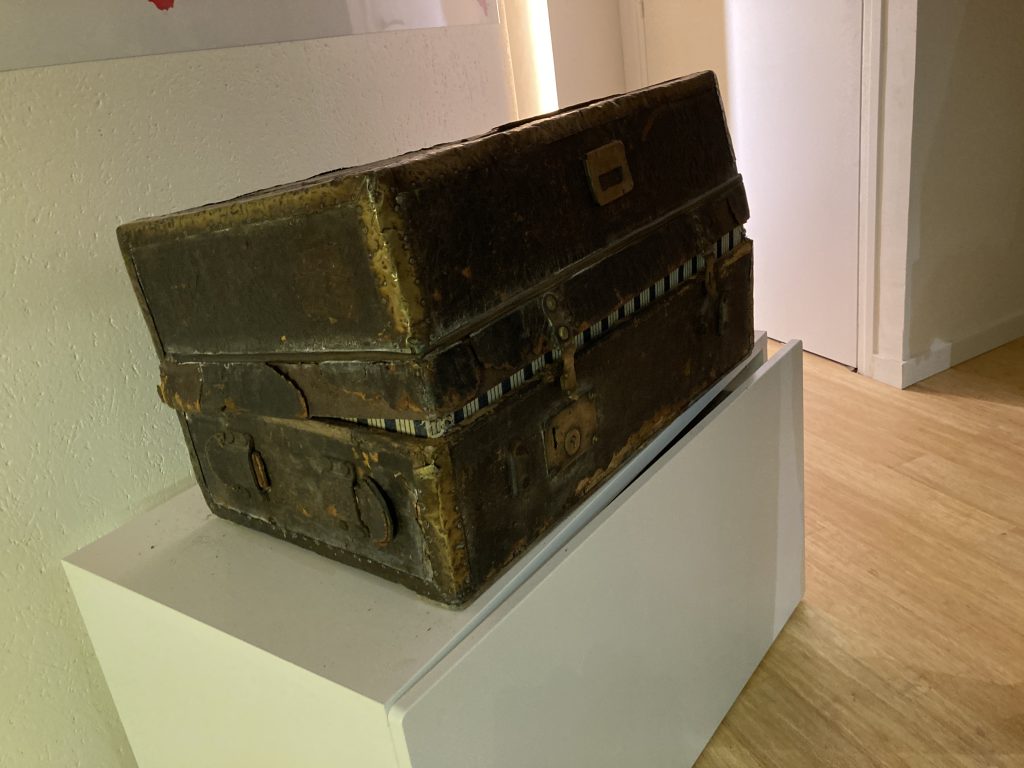
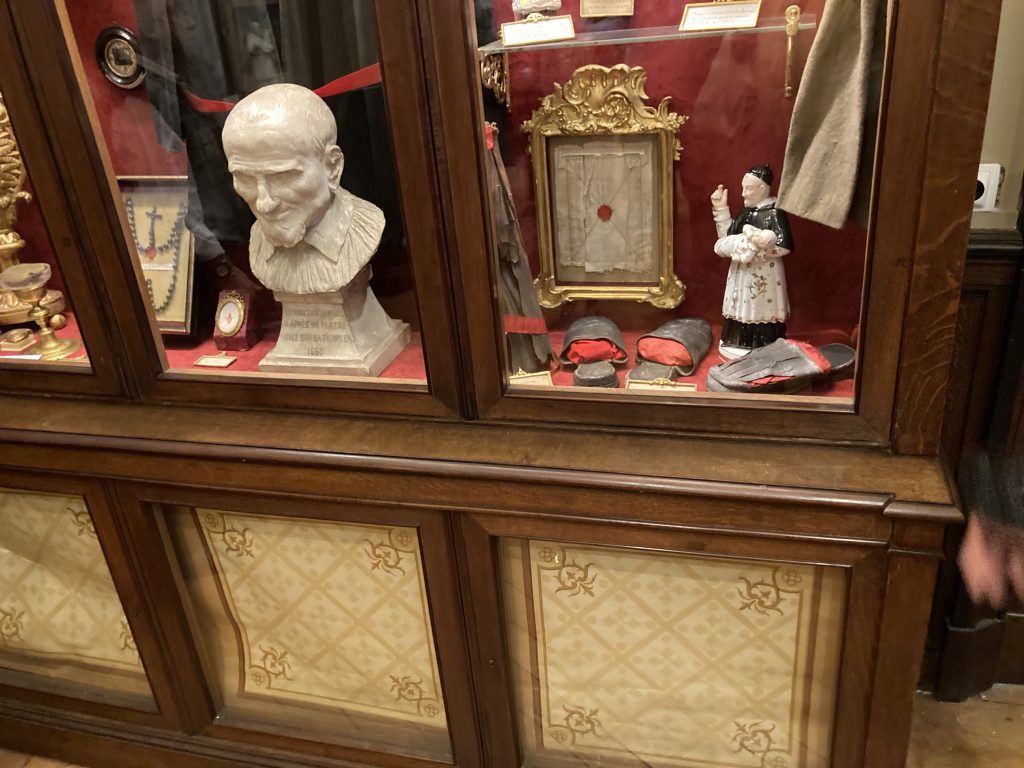
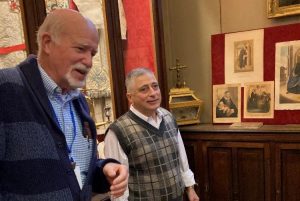
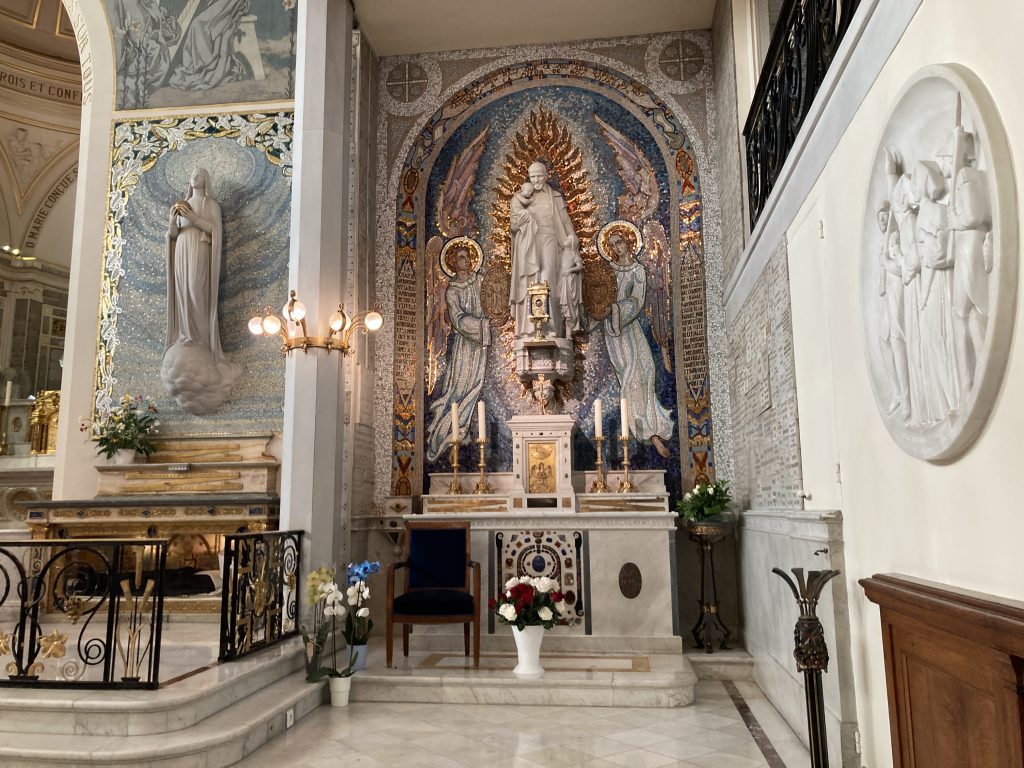
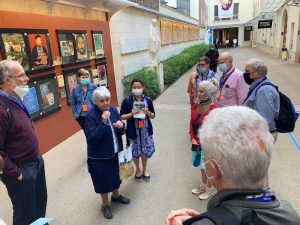
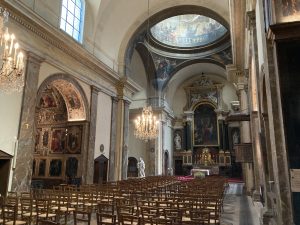
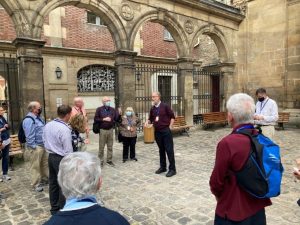
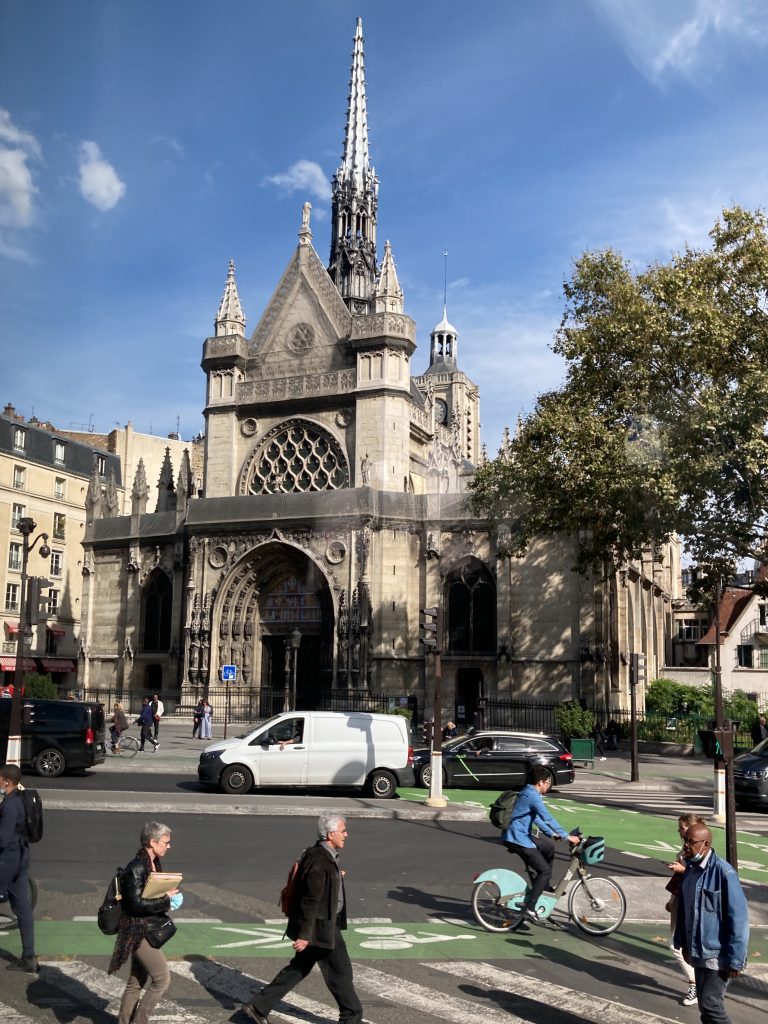
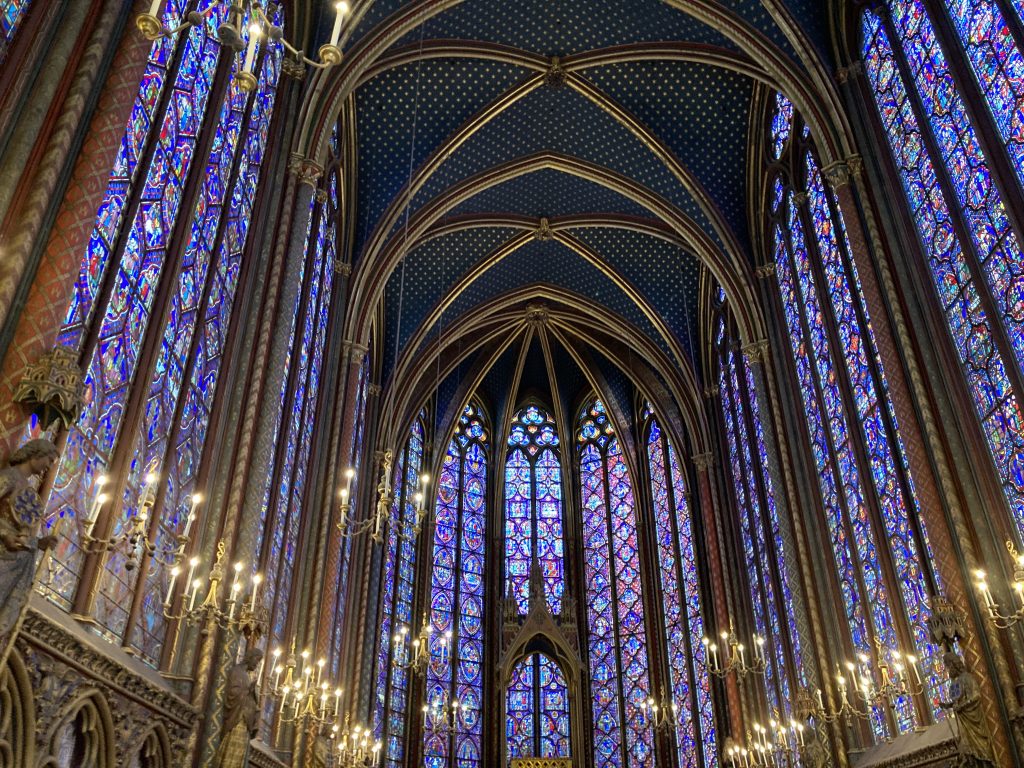
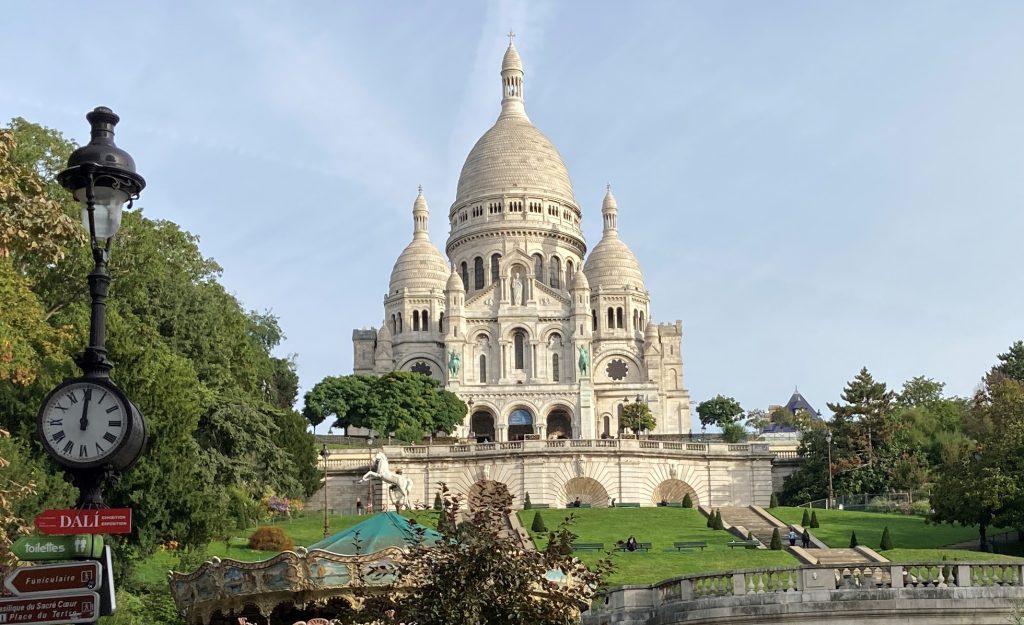
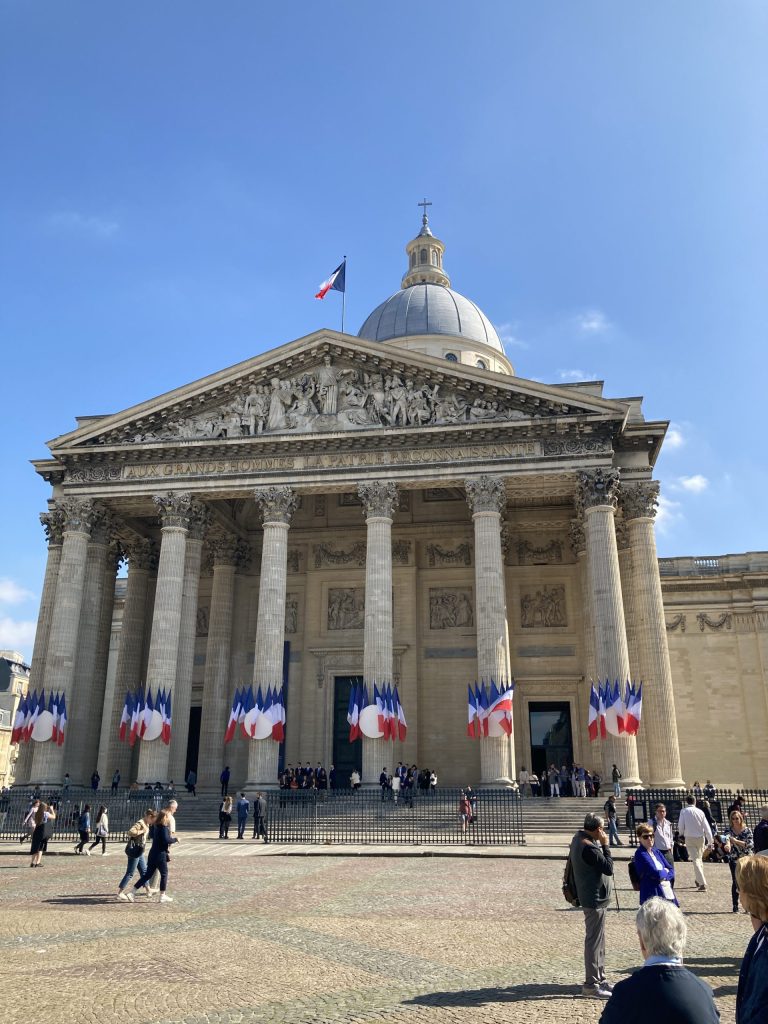
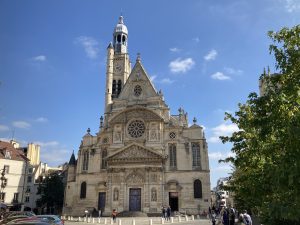
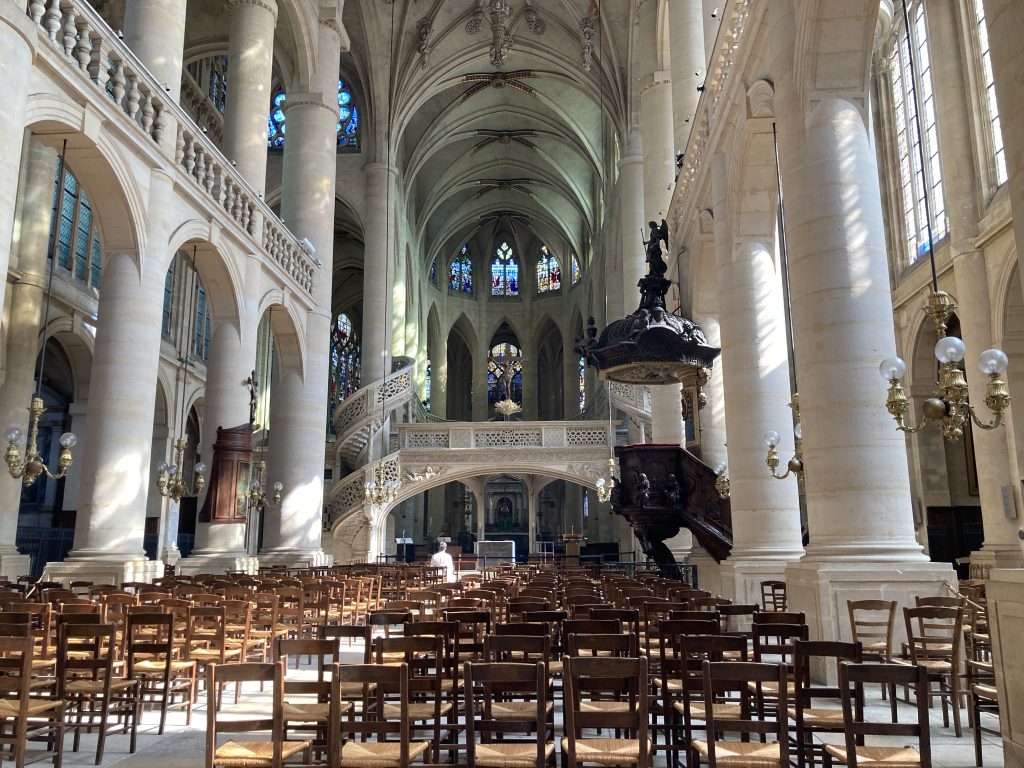
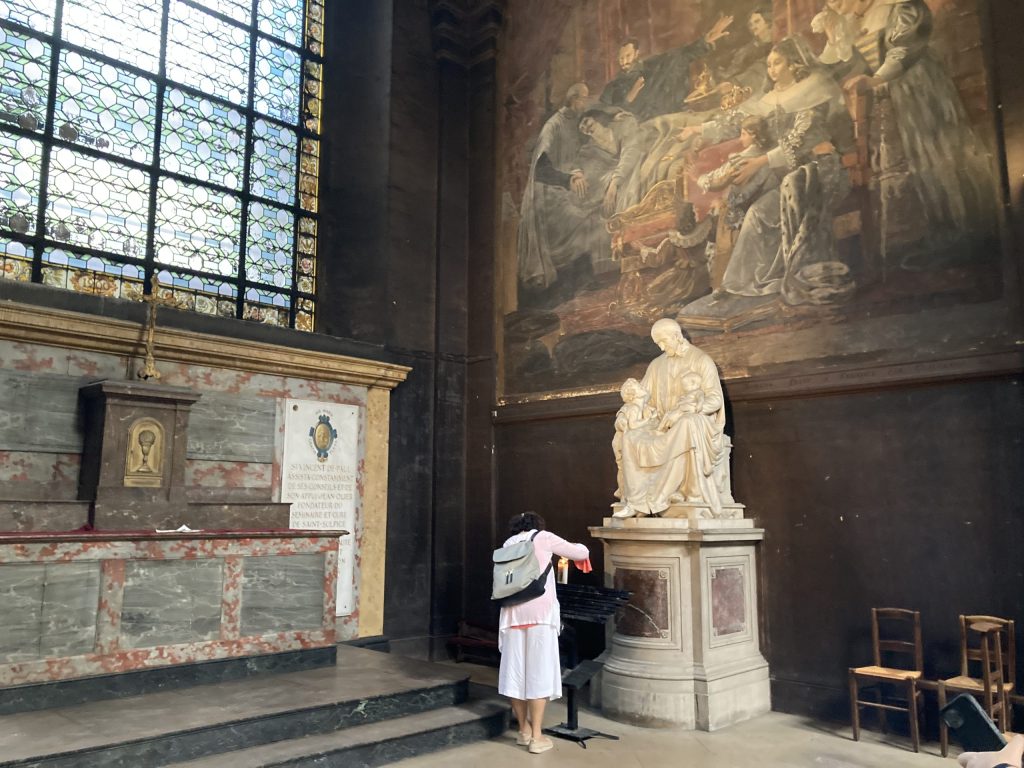
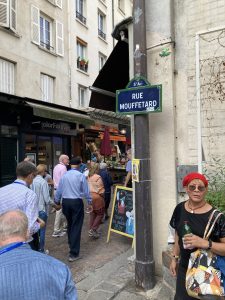
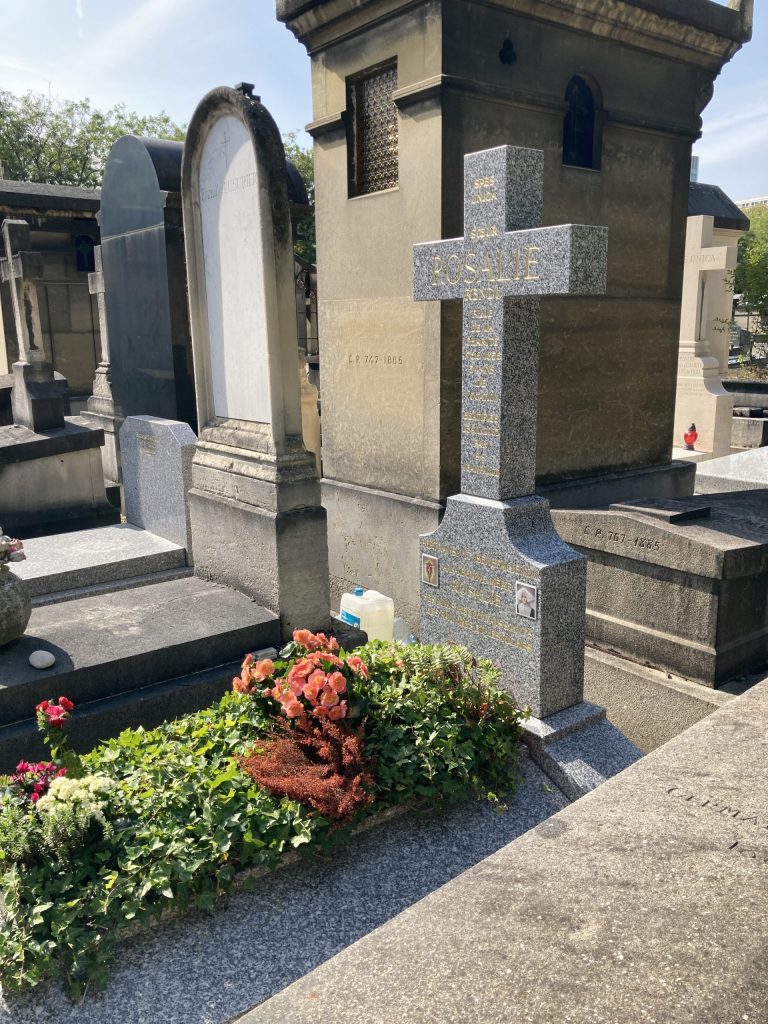

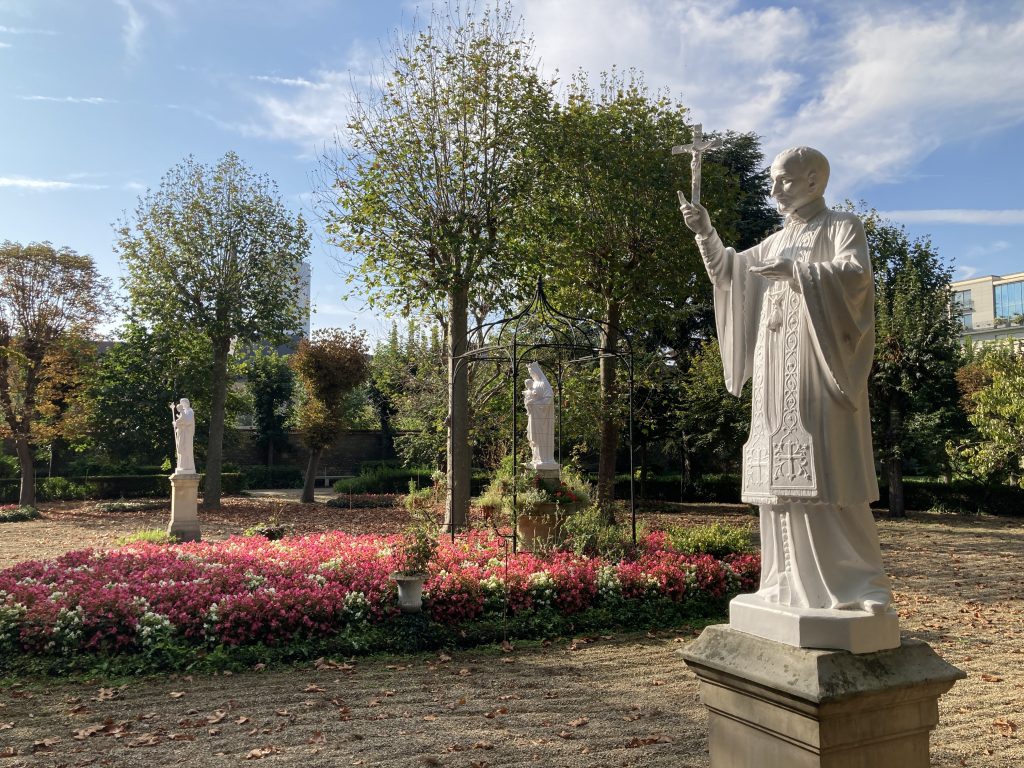
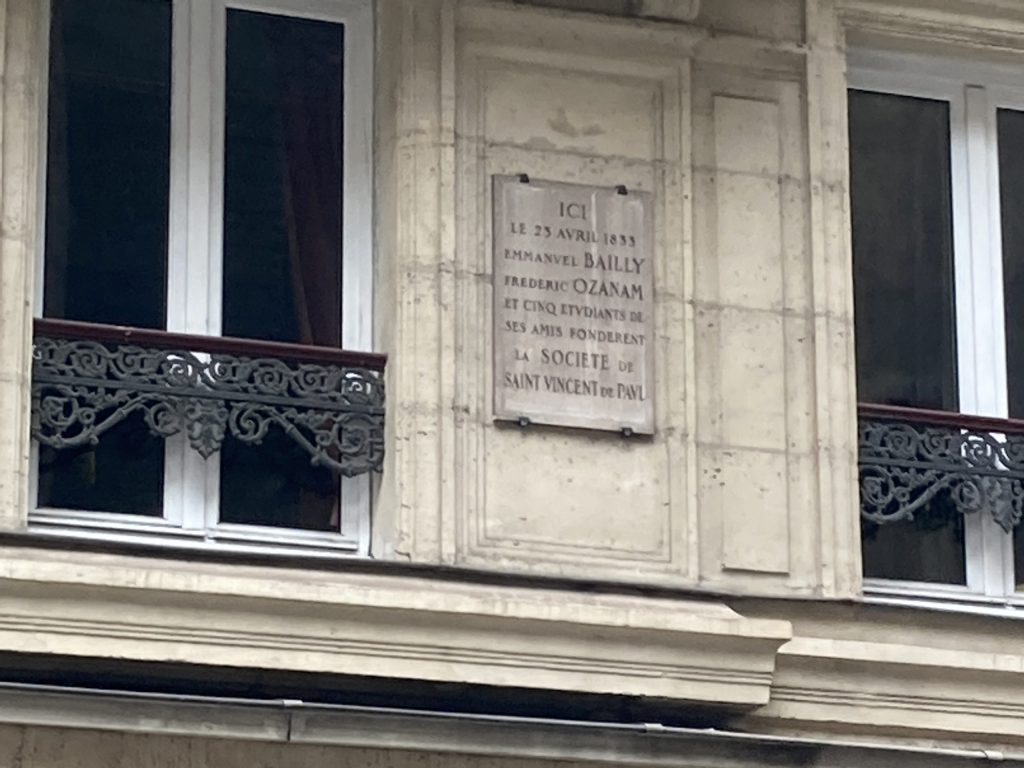
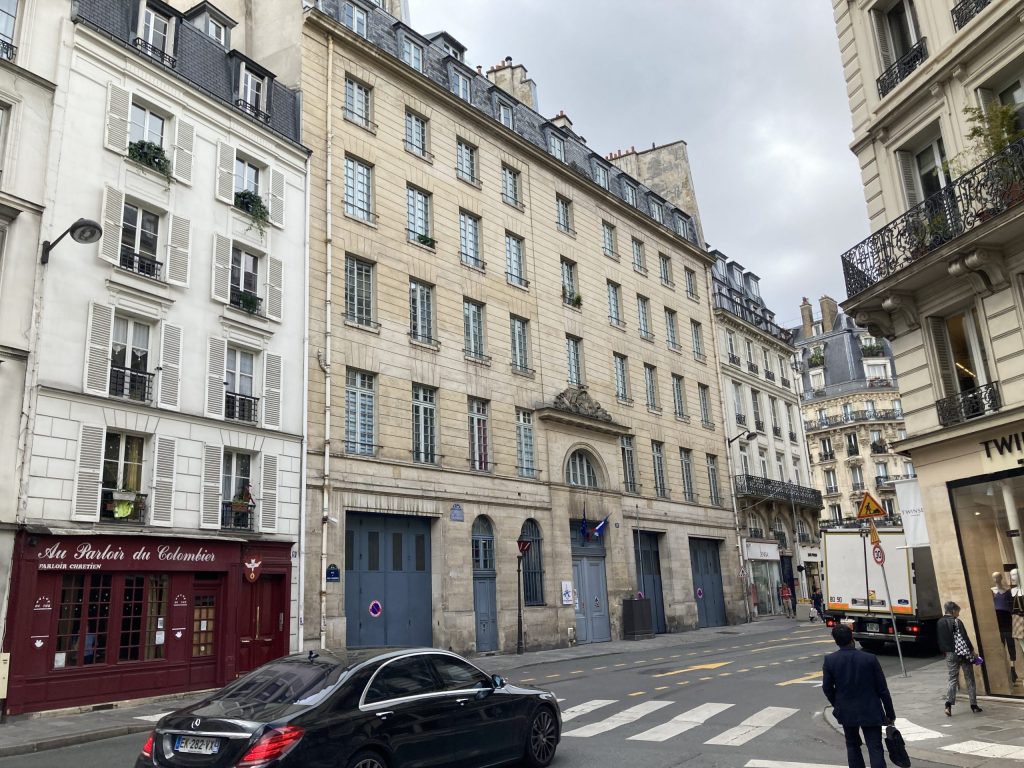
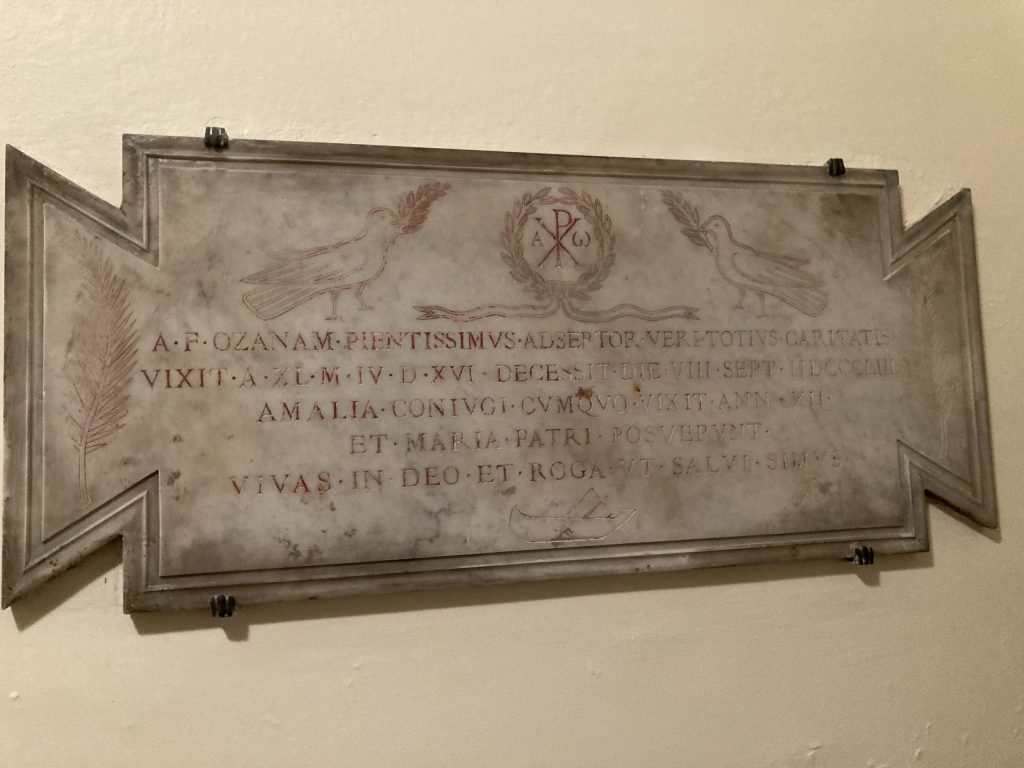
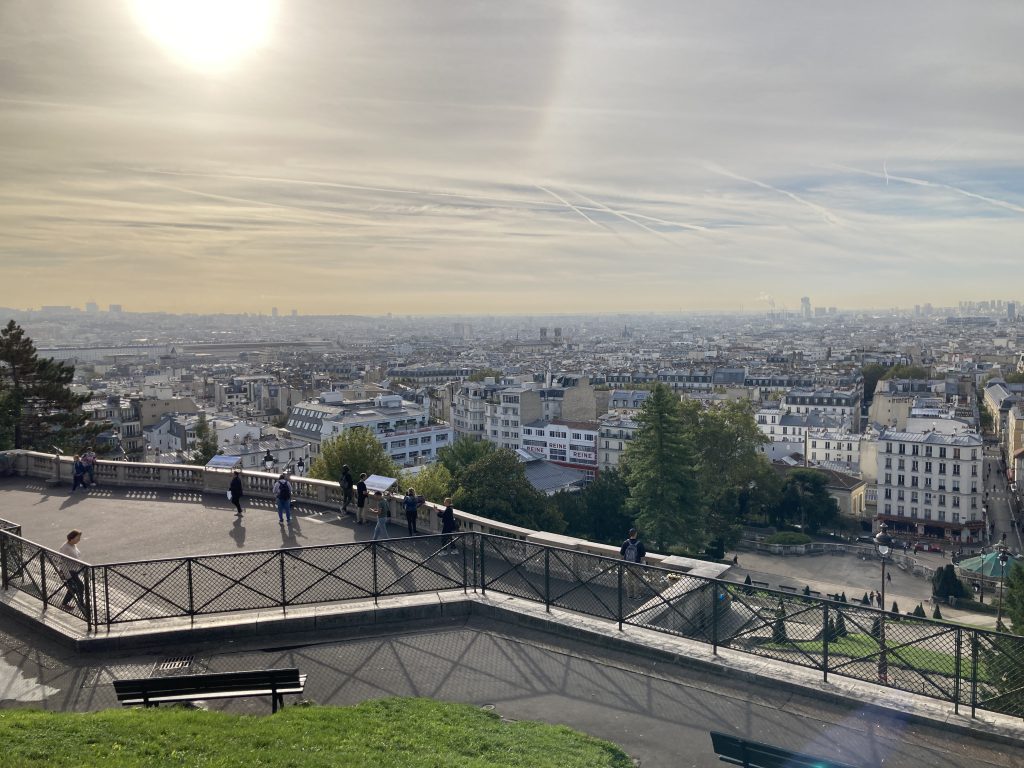

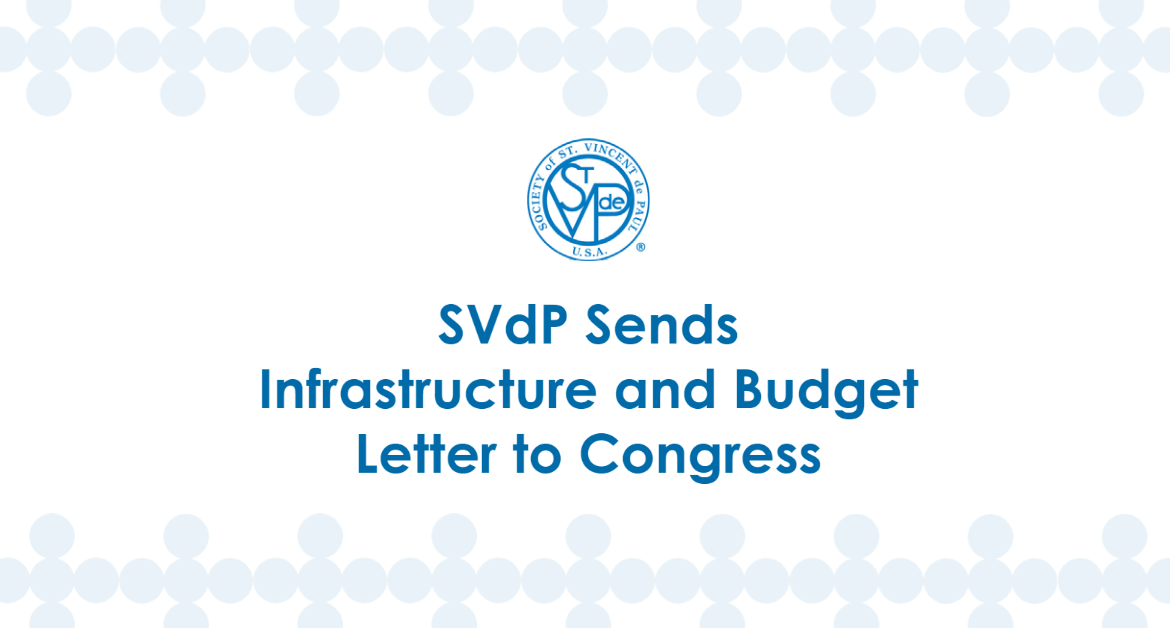
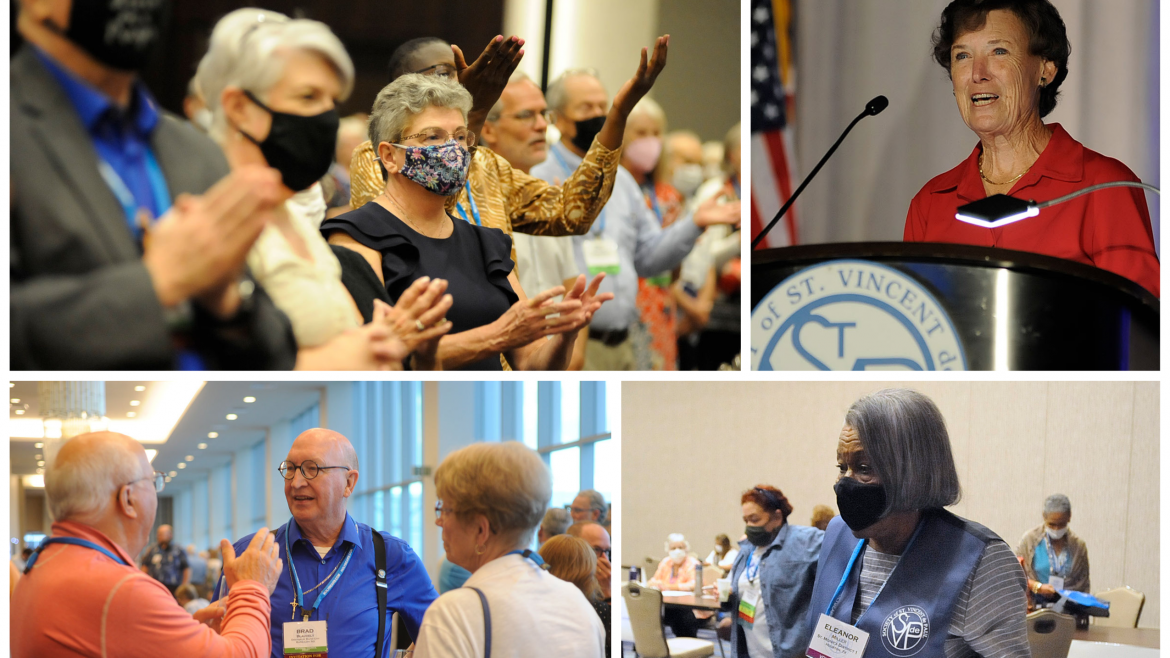
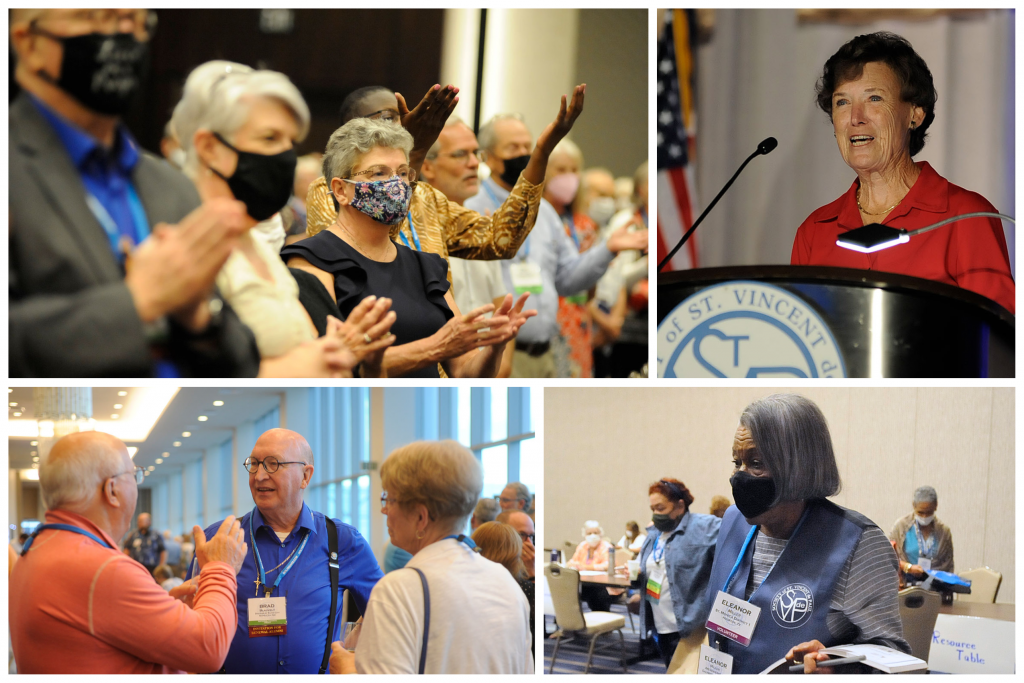
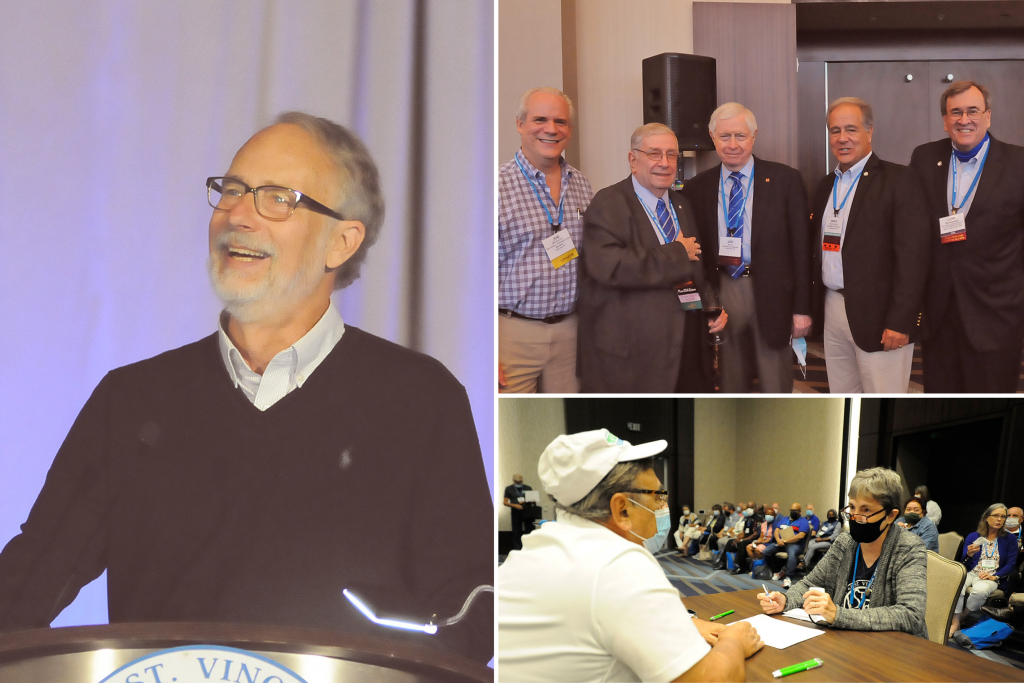
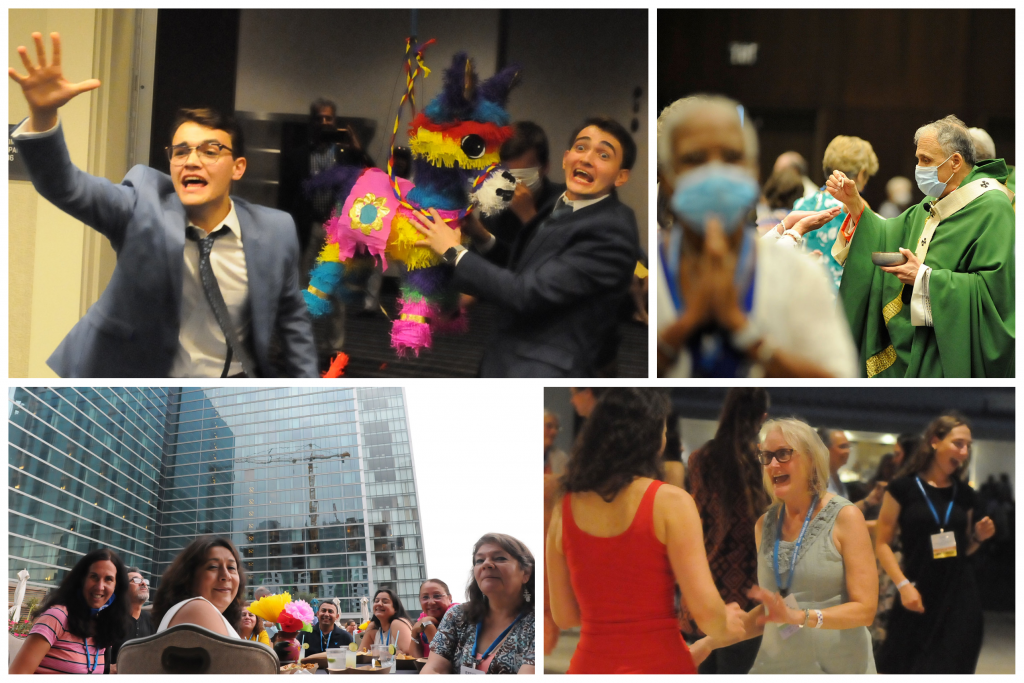
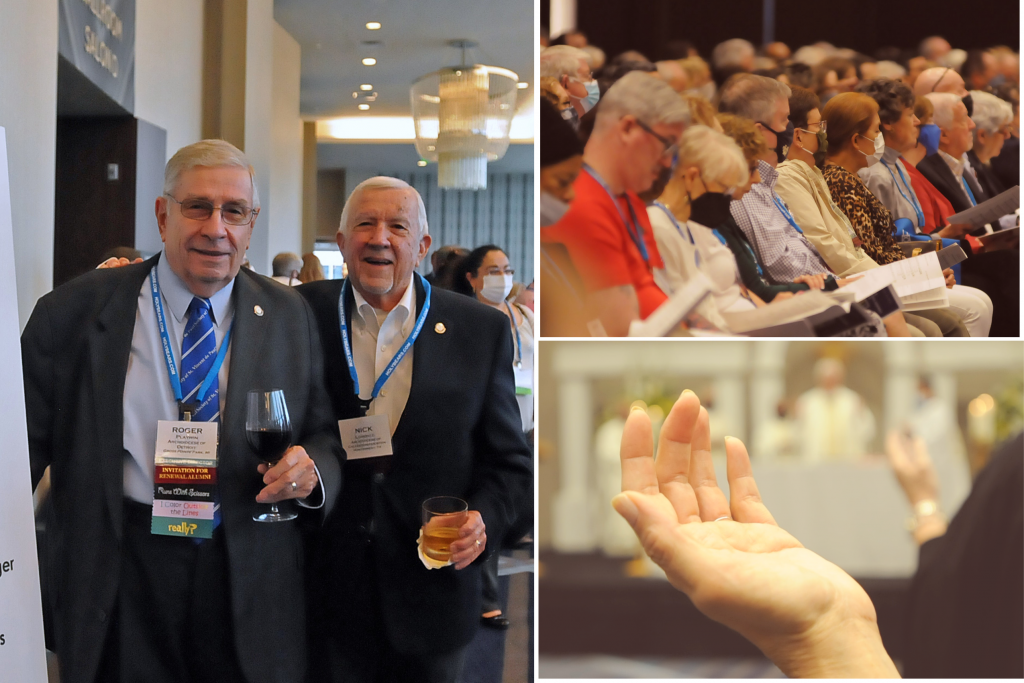
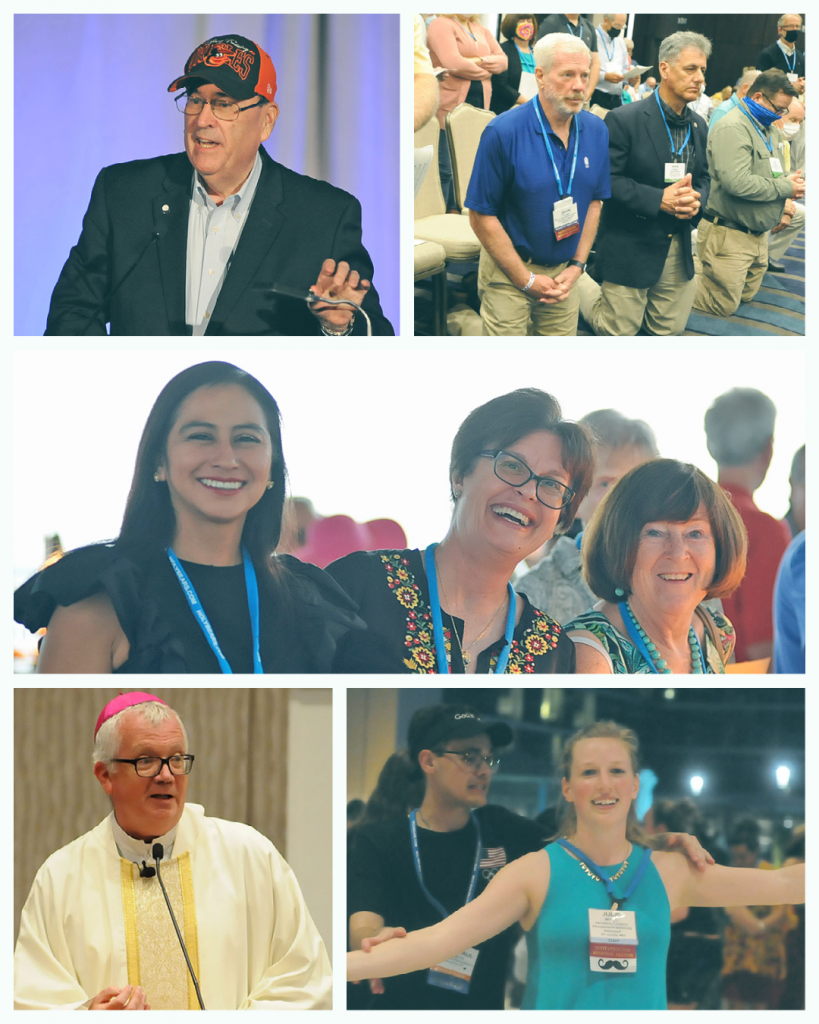
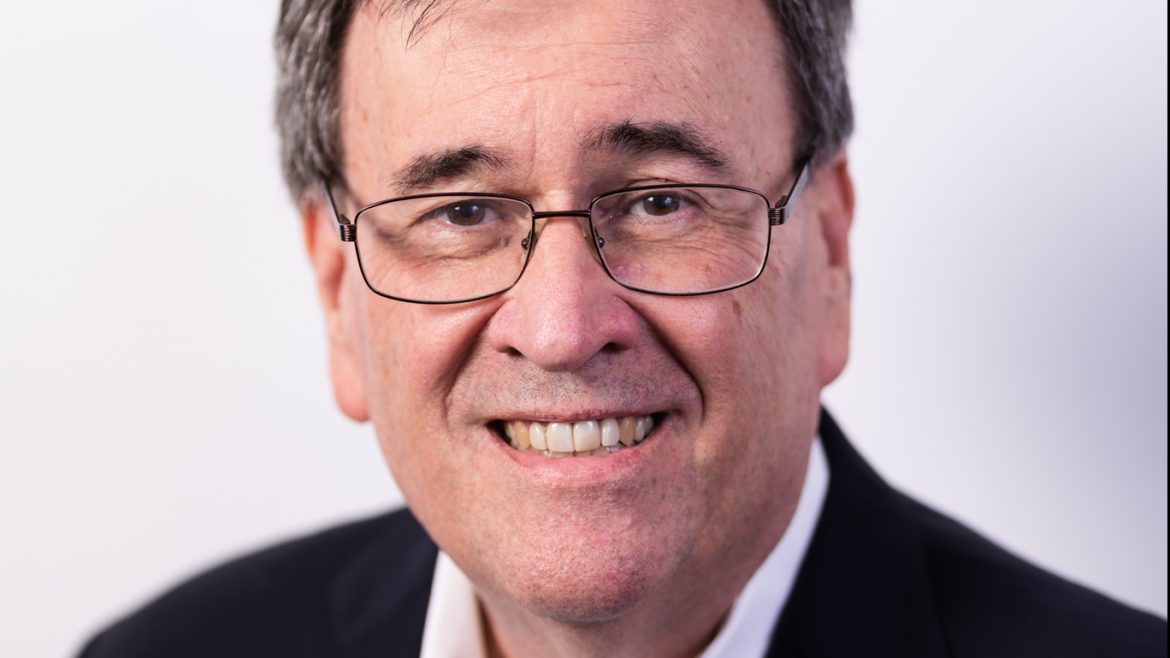
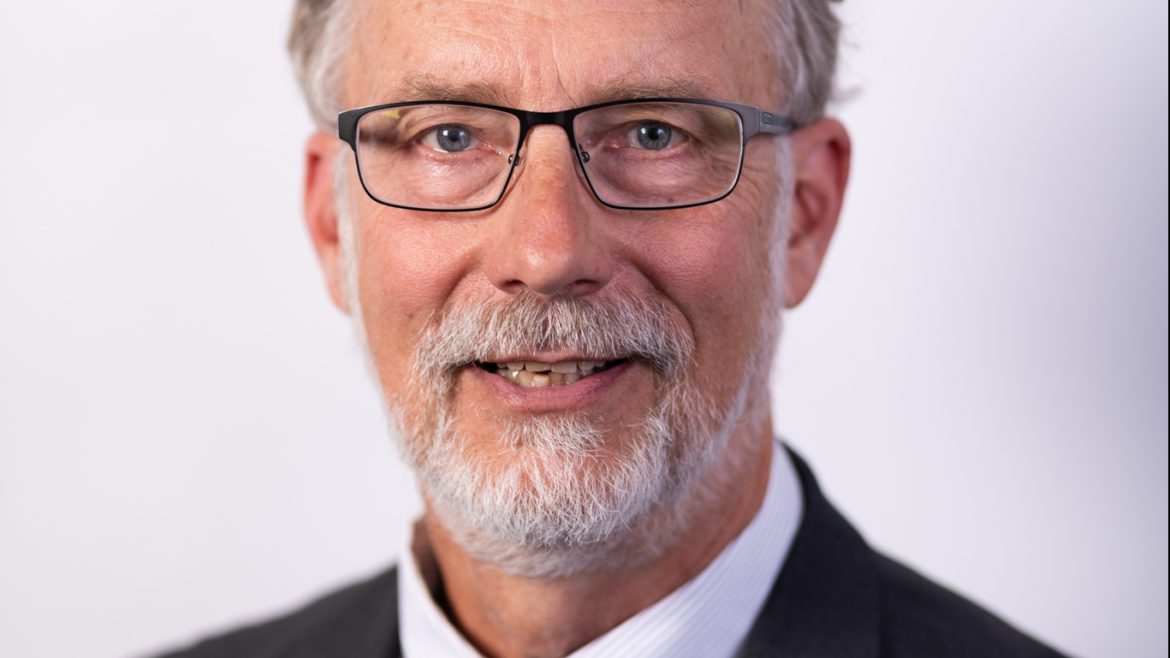

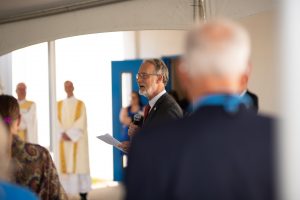
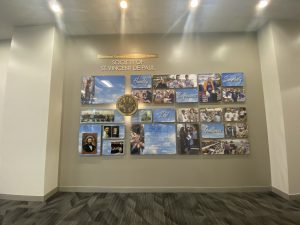
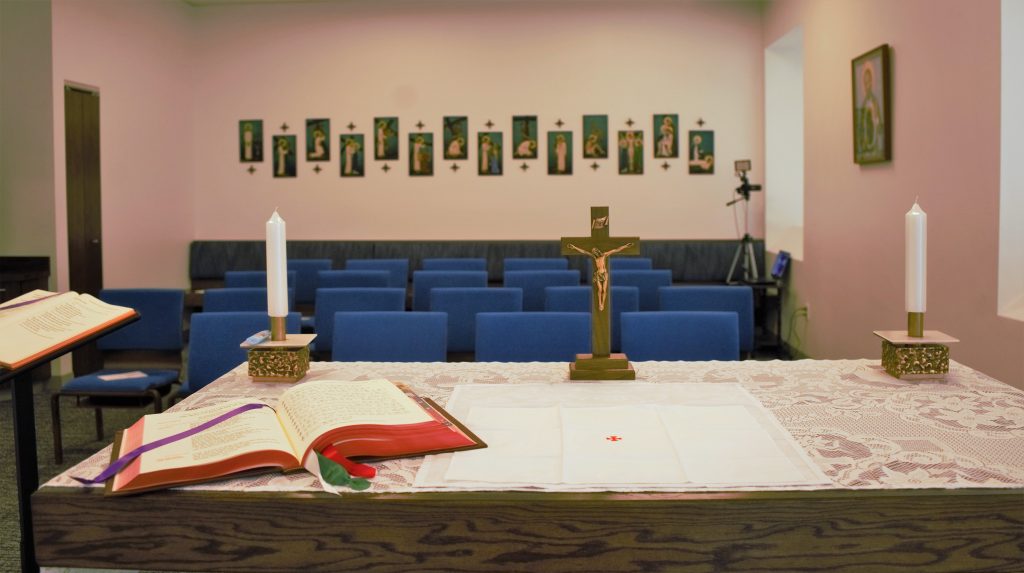
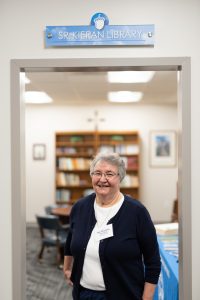 True to the Vincentian value of prudence, the National Council did not use any dollars from member services to purchase the new building, which was funded through the sale of our old building and judicious savings of bequest funds over time. “Our most loyal donors contributed mightily to this day. We thank them,” Middlecamp said.
True to the Vincentian value of prudence, the National Council did not use any dollars from member services to purchase the new building, which was funded through the sale of our old building and judicious savings of bequest funds over time. “Our most loyal donors contributed mightily to this day. We thank them,” Middlecamp said.